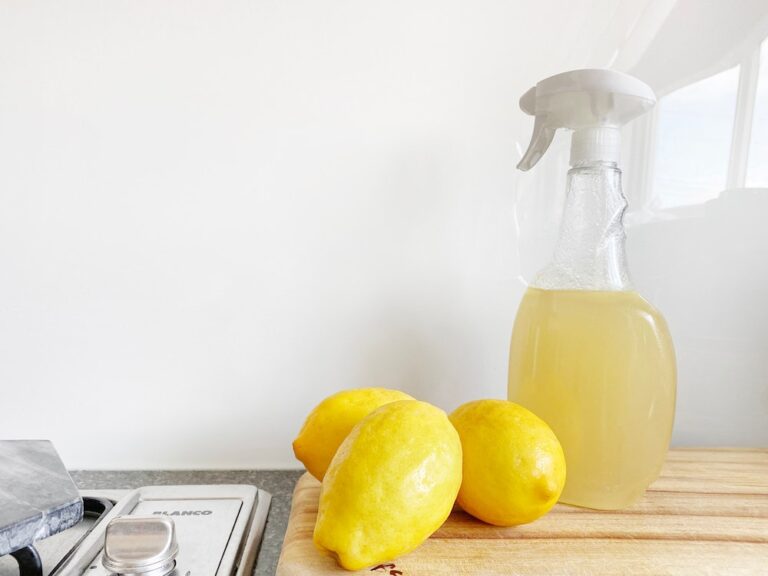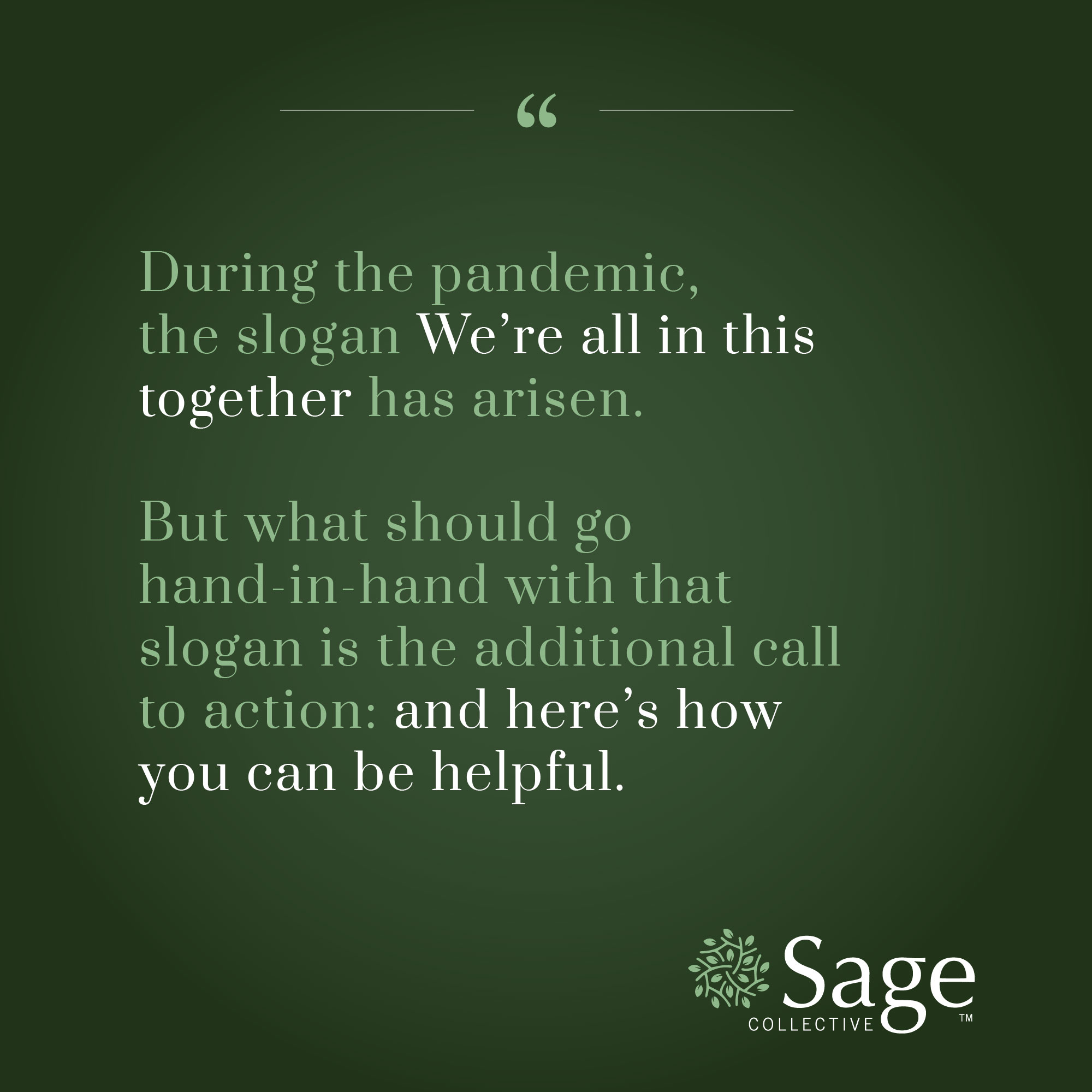Our Guide to Spring Cleaning
With spring just around the corner, it’s time to talk about that dreaded annual task: spring cleaning. Luckily, spring cleaning doesn’t have to be something you dread. With the right planning and strategy — and the right people to help lend a hand and brighten the task — spring cleaning can be a breeze. To get you started on the right path, we present: Sage Collective’s guide to spring cleaning.
Partner Up and Plan
Spring cleaning is a much easier — and much more fun — task when you have someone else to do it with you. Whether it’s a neighbor, friend or family member, invite someone over to take on the job with you. Start off by boiling a fresh kettle of tea and putting on a favorite record to set the mood. Together, work to create a checklist of everything that has to be done and to dole out responsibilities accordingly. That way, you can tackle the challenge together, and maybe even sing along as you go.
Choosing the Right Cleaning Supplies
First and foremost, you should always consider your safety when going about cleaning the house. That’s why choosing the right cleaning supplies is essential to getting the job done right, and done without incident. Things like long-handled brooms and stand-up dust pans ensure that you won’t have to constantly bend down when sweeping. Meanwhile, when it comes to those hard-to-reach places, an extendable duster will help make getting to every nook and cranny much easier!
Not Just Cleaning — But Decluttering
In addition to getting your home spotless, sparkling and shining, spring cleaning is the perfect time to tackle decluttering. From cleaning out the medicine cabinet to remove clutter and the safety hazards posed by expired medications, to cleaning out the pantry and refrigerator of any expired or unused food objects, to tackling those piled up stacks of bills, you’ll thank yourself later! These things stack up throughout the year, but by tackling declutter each spring, you can ensure a home where what you want and need most is easy to store and find later.
Thinking About Safety
Spring cleaning is also a great time to check-in on the safety initiatives you have in place in your home. Plan to check smoke detectors and carbon monoxide alarms to make sure their batteries are still good and everything is in working order. And did you know fire extinguishers have an expiration date? Be sure to add checking those to the list! Because checking these things often requires climbing a ladder, consider enlisting a younger neighbor, caregiver or loved one to traverse the ladder for you in order to avoid fall risks.
Other safety considerations to add to your spring cleaning checklist: check in on, or put together, a simple emergency kit. This can include first-aid kits, flashlights with spare batteries, and an easily-accessible list of numbers to call in case of an emergency.
With these tips in mind, and with the right helping hands, spring cleaning might even become something you look forward to each year!



